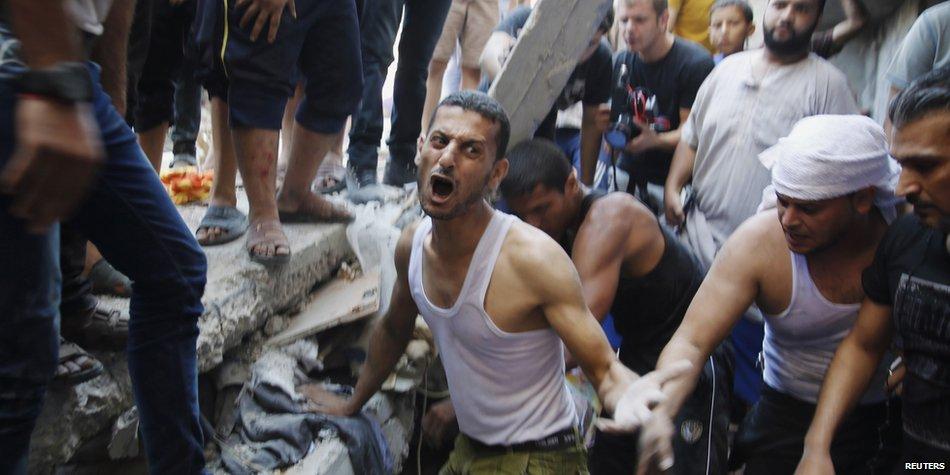Category: Gaza
-
Rescue team delivering urgent humanitarian aid to Maghazi at risk
9th August 2014 | International Solidarity Movement | Gaza, Occupied Palestine Palestinian human rights defenders and international volunteers from the UK and the USA are travelling to Maghazi to deliver food parcels, water, and mattresses to 50 families. “Maghazi was attacked once again today, and another two people were killed. A lot of families don’t want to leave…
-
Returning to Beit Hanoun
8th August 2014 | Charlie Andreasson| Gaza, Occupied Palestine We went back to Beit Hanoun almost two weeks after the Israeli military held us captive in the hospital and shelled it for 13 hours. It was the second day of the 72 hours ceasefire, and there was far more traffic on the roads and streets than there…
-
UPDATED: Gaza Calling: All out on Saturday 9 August Day of Rage
6th August 2014 | Call from Palestine | Gaza, Occupied Palestine Updated August 8th: Help us spread the call from Gaza for a Day of Rage on August 9th. Please help share the following translations via social media: Arabic, English, Danish, Dutch, French, German, Hebrew, Italian, Spanish, Swedish, and Turkish. Words alone do not do justice. Take the streets for Gaza! ******* Gaza Calling: All out on Saturday…



